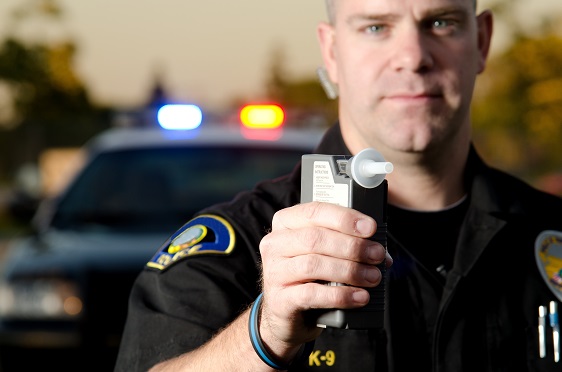
Aggressive Driving
Aggressive driving is defined as committing “a combination of moving traffic offenses so as to endanger other persons or property” (NHTSA, n.d). The difference between aggressive driving and careless, distracted or reckless driving is that there is a pattern of behaviors that occurs over a short period of time and may be done intentionally. Since intention is difficult to prove, aggressive driving is often identified as reckless driving.
Behaviors Associated with Aggressive Driving
The behaviors that are typically associated with aggressive driving include:
- speeding
- cutting off other drivers
- tailgating
- racing
- frequently changing lanes
- failing to signal
- slowing rapidly to discourage a tailgater
- running red lights
- failing to yield
- boxing other cars in and using other intimidation maneuvers

Contributions to Aggressive Driving
Why would someone intentionally endanger others on the road? Driving provokes anger more often than other activities, and anger can sometimes lead to aggressive driving or road rage. Road rage is a more extreme form of aggression that can involve criminal intimidation or violence that is precipitated by driving activities. The intent to harm is involved in road rage, and can include the use of the vehicle as a weapon or can take place outside of the involved vehicle. (Laing, 2010)
Aggressive drivers are a hazard to themselves and other drivers. If you take your frustrations out on other motorists, tailgate, whip in and out of lanes, run red lights or speed, you’re engaging in aggressive driving behaviors that can lead to a collision. Some ways that you can prevent yourself from engaging in these behaviors is to:
- Concentrate on the road; don’t let yourself be distracted by your phone, eating, drinking or anything else
- Relax and keep calm; play some music if you need to
- Follow the speed limit
- Look into alternate routes; if your current route is congested, it may be better to take an alternate route
- Use public transportation; being driven around can give you much needed relief from life
- Plan ahead and give yourself extra time to get to your destination
Confronting an Aggressive Driver
When confronted with an aggressive driver, the NHTSA recommends that you make every attempt to get out of the way. Don't challenge them by speeding up, it's not worth your life. Avoid eye contact since sometimes eye contact can enrage an aggressive driver. If you notice a driver making rude gestures, the best thing to do is ignore them and refuse to ignore them. If you notice serious aggressive driving, report it! You can call the police on your cell phone, but keep in mind: driving and using a phone is hazardous. If you have a passenger, have them make the call. Otherwise, you should try to pull over before you make the call.
Sources
Laing, Colleen. (2010). "The Problem of Aggressive Driving."
Center for Problem-Oriented Policing.
http://www.popcenter.org/problems/aggressive_driving.
NHTSA. (n.d). "Aggressive Driving." Aggressive Driving. National Highway
Traffic Safety Administration. http://www.nhtsa.gov/Aggressive.

